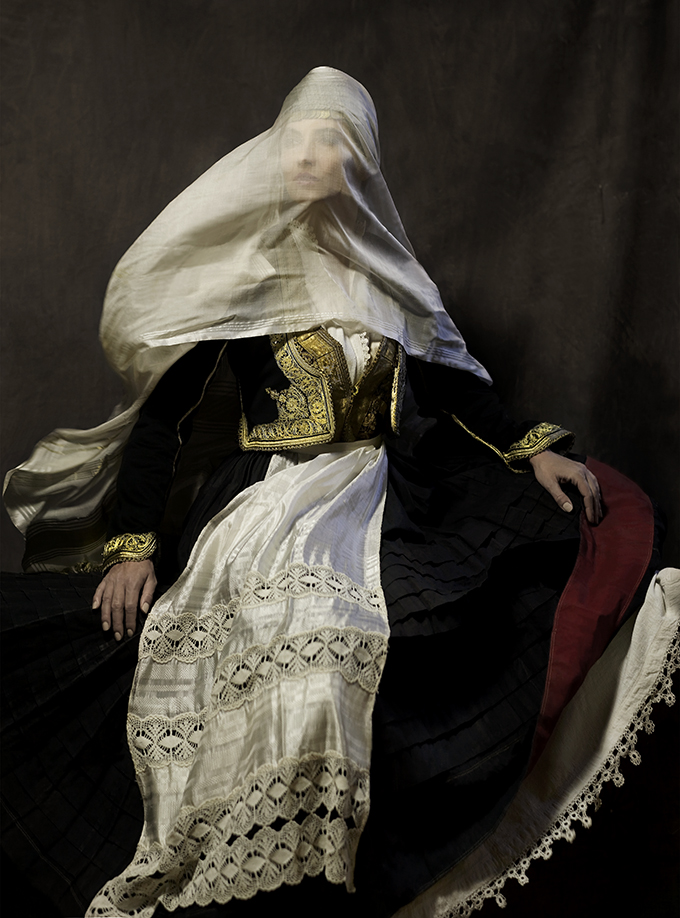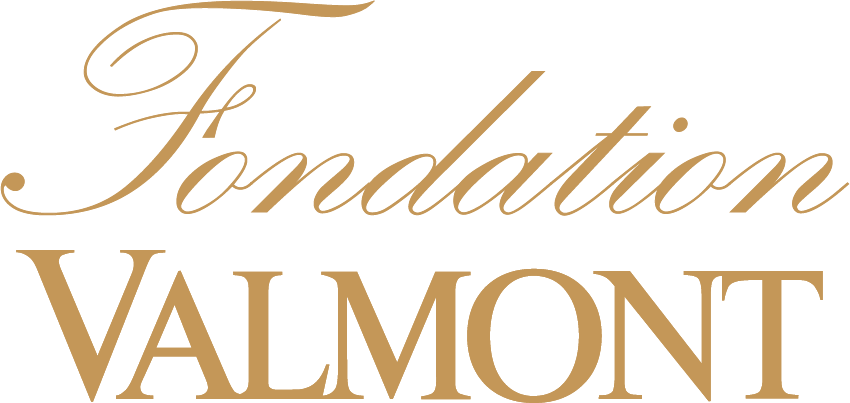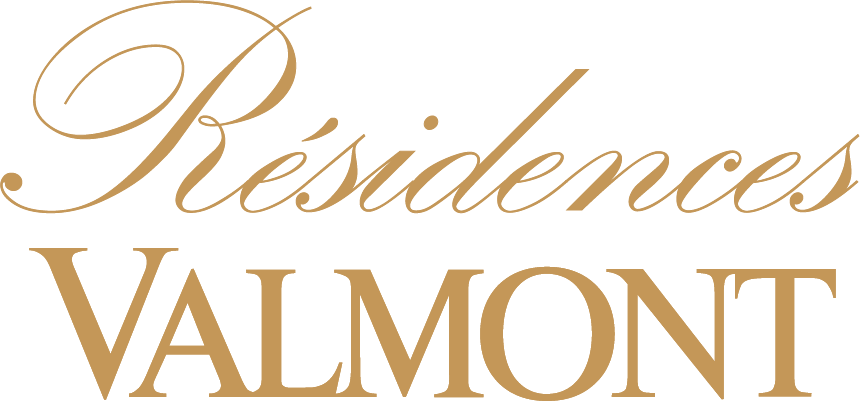Imagine Venice, where four artists found themselves immersed in the highest representation of eternal and fragile beauty. Inevitably playing as a source of inspiration, Venice led the artists to conceive their thoughts on the notion of Ego: Ego as the self, the first person singular. Ego as Ich, mediating between the conscious and the unconscious. Ego as the thinking subject. Ego becomes EGO for the artist as hero, the creative hand, the decision maker in terms of Beauty.
What has the role of the artist become in the contemporary world? Is his/her power comparable to an indisputable omnipotence? Is he/she called to present the unicity of the self through infinite repetitions? Is he/she rather called to perturb the viewer by representing the exact opposite of what we call classical Beauty?
Carles Valverde, Didier Guillon, Vangelis Kyris and Anatoli Georgiev grappled with these questions, where Art and Beauty turn out to be intertwined in the new all-male exhibition at Palazzo Bonvicini.
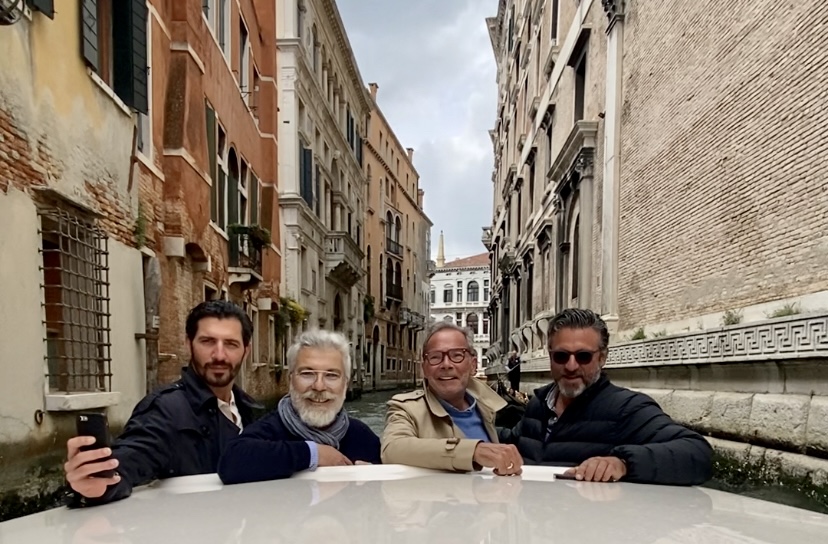
From left to right:
Anatoli Georgiev, Vangelis Kyris, Didier Guillon, Carles Valverde. May 2022, Venice
CARLES VALVERDE
COMPOSITION OF TWO MODULAR ELEMENTS
“For me, the notion of EGO is the individuality of the word society. We always have the impression that we are analyzing ourselves, but if we see what is happening around, the uniqueness is nothing if it is not part of something. The multiplicity of an Ego is what makes a society. The Ego in the arts is the Ego in creation. The pure creative state is completely selfish. One must convince oneself to be sincere vis-à-vis the rest of society. Man can change society – yes, I do think man can individually change the society – but never in a group where there’s no reflection.
Individual, philosophical reflection is more important. For this reason, the notion we present at Fondation Valmont is the individuality of an element. An element that is identical to all the other elements that we will present. This egoistic element composes its Ego from another. It is his identical element that allows all possible combinations and thus the creation of individual Egos. Maybe it has to do with our functioning at the level of the DNA: we all have the same bases, and when combined differently – individuals are made. That’s what we’re looking for. What is very close to my work is simplicity, seeking the essence of things and showing the essence of things, which is ultimately the most difficult.”
Carles Valverde, May 2022
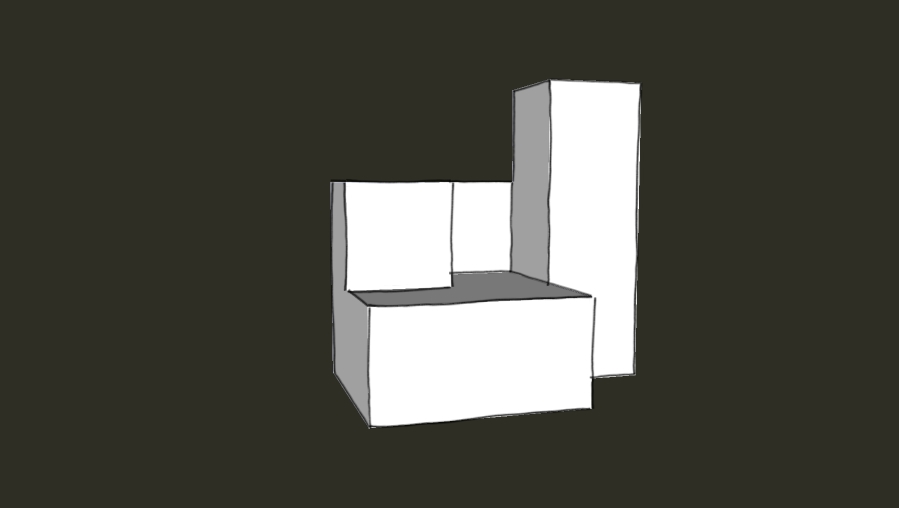
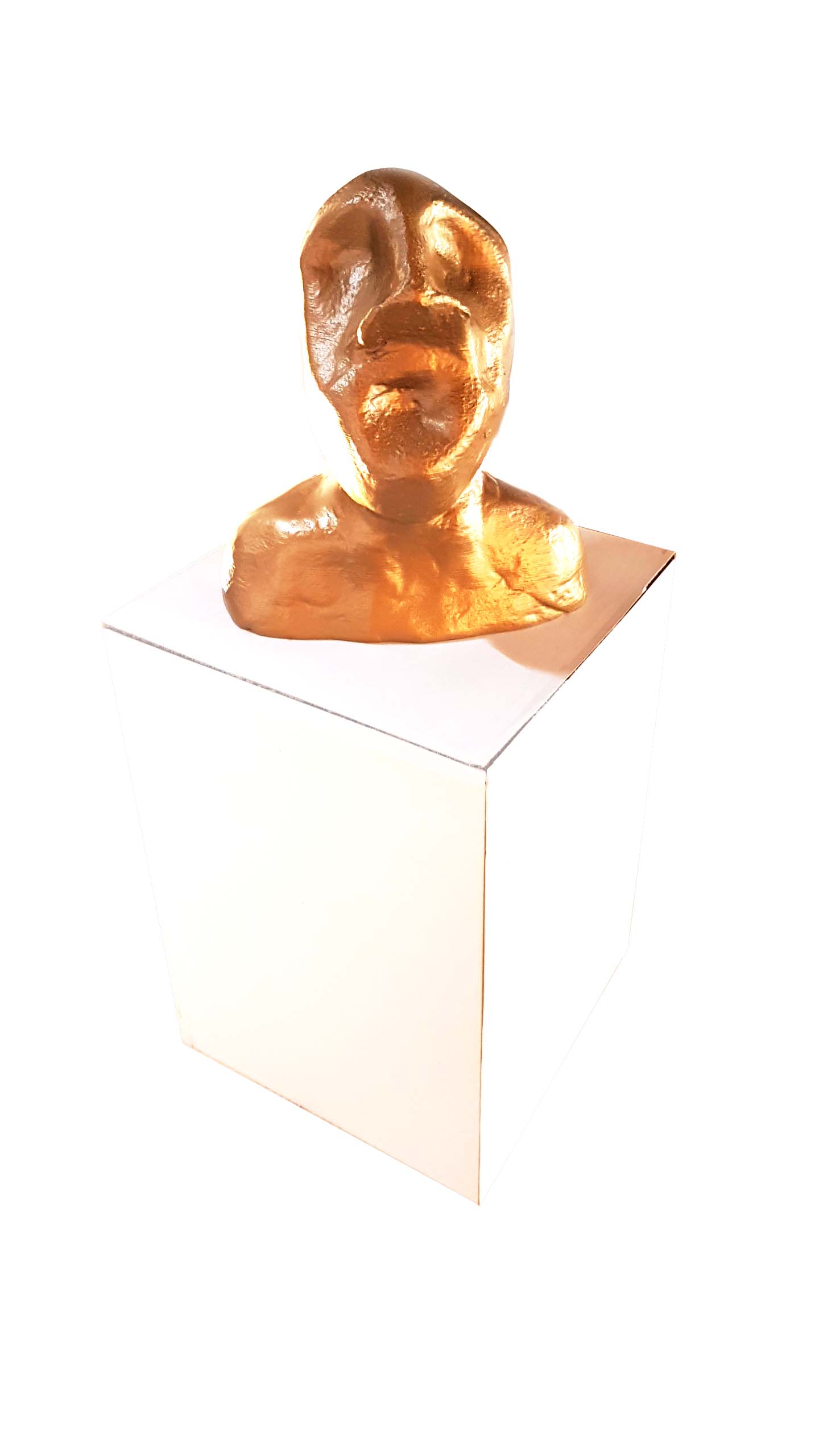
DIDIER GUILLON
L’HOMME PENSANT
“Art is the idea we have of beauty speaking to the senses and emotions.
The artist is the person who has a sense of beauty and can create a work of art.
Ego is the self-awareness of the artistic self, the source of inspiration for the creation of beauty.
For the creation of L’Homme Pensant, I wanted to consider these definitions. It is a distorted representation of the beauty, the impossible outcome of creation, a kind of non-beauty. It had to be a kind of inner cry, an inner malaise, hence the distorted physique of the character of Ego.
The installation entitled L’Homme Pensant is made up of ten sculptures representing the busts of screaming men. The idea is to reverse the notion of classical beauty: the artist, used to creating Beauty as his primary goal, is now called upon to represent the absence of beauty itself. As opposed to the traditional plaster cast galleries displaying pure white human figures, harmonic in features and proportions, these men are screaming, trapped in unknown bodies not recognized as theirs. Showered with gold paint, the busts are finally ennobled with a brand-new status.”
Didier Guillon, May 2022
VANGELIS KYRIS – ANATOLI GEORGIEV
RAIMENT OF THE SOUL
“I believe that EGO is responsible equally for all the positive and the negative aspects of the human species. The evolution of Ego differentiated humans from animals and made them acquire the basic necessities; at the same time, though, Ego caused many immaterial things to be regarded as necessities. This how our civilization was created: science, technology, art, philosophy. The Ego is responsible for what humanity prides itself on, while its overgrowth has resulted in wars and the development of the Seven Deadly Sins: Envy, Gluttony, Sloth, Wrath, Greed, Lust and Pride. The Ego is therefore responsible for what is shameful today for humanity as well. During the times where photography was first introduced, the Greeks used the word Apathanatizo (to immortalize) instead of photography. Apathanatizo means to preserve something alive in the memory of current and the future generations. The vanity of the photographer makes him a God-like figure and he acquires a highly developed ego. My goal as a photographer is not to immortalize the human form, but to stop time, elevate feelings and enhance the memory. Anatoli adds the third dimension to the artwork with his embroidery. A glimpse of a fleeting life in a world that keeps evolving linearly whilst preserving its history and – above all – the invincible Super-Ego.”
Vangelis Kyris, May 2022
“Humans are born with a strong sense of individuality – the Ego, which for better (or worse) dominates our existence. EGO is ever-present in all our senses: taste, smell, hearing, sight and touch. I believe my work in embroidery is highly connected to the Ego through the senses: specifically, sight and touch.
Humans are born with an ego. It accompanies them throughout their lives. Ego is born through tasting, smelling, seeing, hearing and touching. It is part of who we are, for better or for worse. I am an embroiderer. I embroider on the photographs of Vangelis Kyris. This is an embroidery interwoven with photography. An embroidery created on photographed costumes carrying patterns and symbols; costumes dating back over two centuries. I revive the embroidery of bygone times through my own ego. Me.”
Anatoli Georgiev, May 2022
